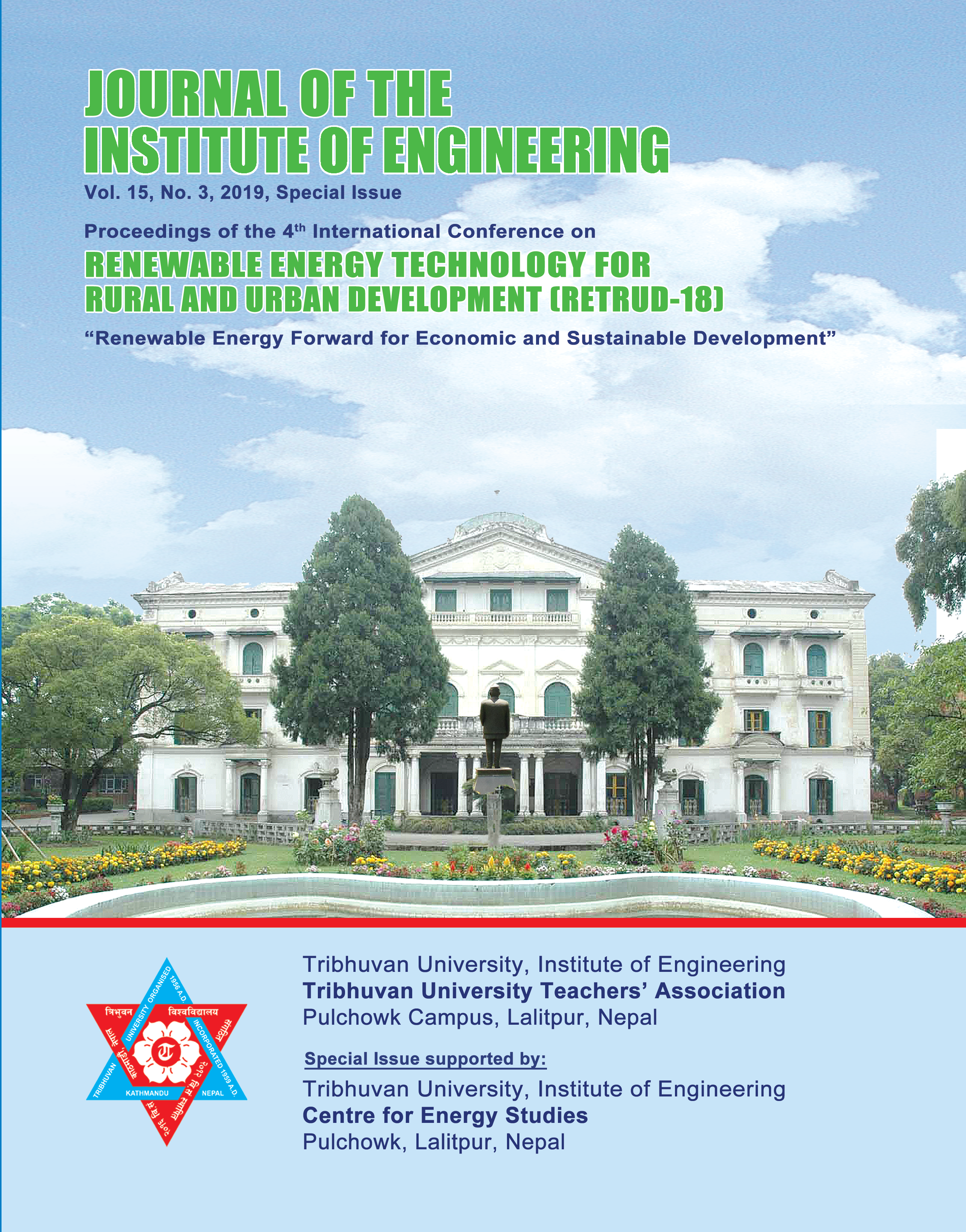Public Bus Accessibility and its Implications in Energy and Environment: A Case Study of Kathmandu Valley
DOI:
https://doi.org/10.3126/jie.v15i3.32190Keywords:
Public Transport, Accessibility, EnergyAbstract
Growing demand for transport activities has raised numerous transport problems, mainly traffic congestion, environmental and energy issues. Efficient public bus services can be one of the sustainable solutions for meeting local transport demands. But the inefficient operation of public bus services in most of the developing countries has worsened the situation. The multiple service providers, in such open market, compete with each other for their own benefits by adding the number of bus services rather than providing excellent services to users. Accordingly, the number of buses increases that result in higher energy demand and GHG emission. This paper thus aims to analyze the impact of such informal and unregulated transport system prevalent in most of the developing countries focusing mainly on energy and the environment point of views. The study is carried out for the case of Kathmandu valley where the public bus service is owned and operated by multiple service providers. ArcGIS is used to model a public bus network using data available from an open street map. Potential Impact on energy and environment is analyzed using energy modeling tool LEAP. Results show that considerable improvement in energy and emissions can be achieved by improving the public bus services. This paper thus highlights the need for investment in improving access to good public bus services for the sustainable transport planning of the valley.
Downloads
Downloads
Published
How to Cite
Issue
Section
License
The Copyright is held by Journal of the Institute of Engineering, IOE, TU




